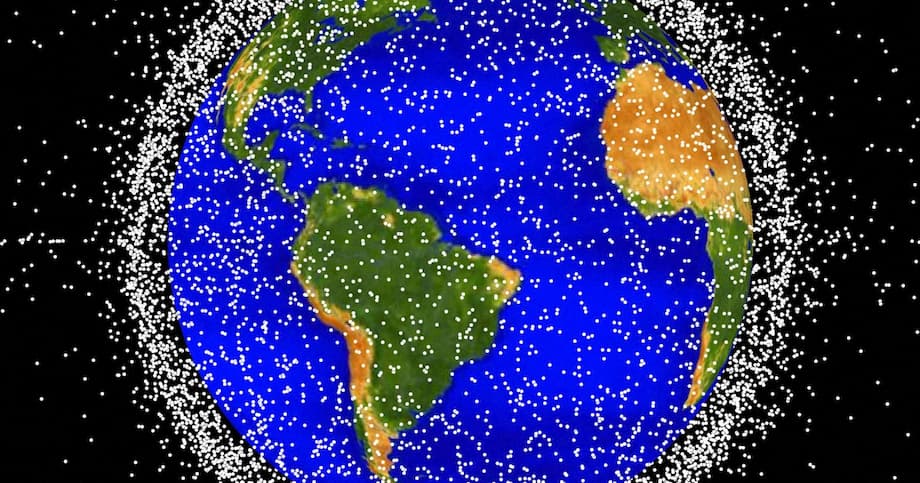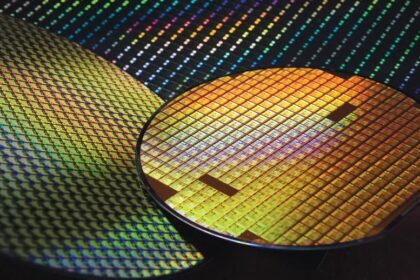Japan’s Initiative: Addressing the Growing Threat of Space Debris
Japan has announced a bold initiative to establish international rules for the removal of space debris, aiming to address one of the most pressing challenges facing the rapidly expanding space industry. As the number of satellites and human-made objects in orbit continues to rise, so too does the risk of collisions that could threaten vital infrastructure, scientific missions, and even life on Earth. By spearheading global discussions and leveraging its technological expertise, Japan seeks to ensure the long-term sustainability and safety of outer space for all.
Why Space Debris Is a Global Concern
Space debris, often referred to as “space junk,” consists of defunct satellites, spent rocket stages, and fragments from past collisions or explosions. These objects orbit Earth at speeds of 7 to 8 kilometers per second, making even tiny pieces capable of inflicting catastrophic damage on operational satellites or the International Space Station (ISS). According to the European Space Agency, there are nearly 3,000 defunct satellites and around 2,000 rocket parts currently in orbit. When including objects larger than 1 millimeter, the number of debris pieces soars to over 100 million.
The risks are not hypothetical. In June 2024, a defunct Russian satellite broke up into nearly 200 pieces, forcing astronauts aboard the ISS to prepare for emergency evacuation. On Earth, falling debris has landed in populated areas, such as a large metal ring from a rocket that landed in a Kenyan village, and fragments from a SpaceX capsule found on a Canadian farm. These incidents underscore the urgent need for effective debris management and regulation.
Experts warn of the “Kessler syndrome,” a scenario in which collisions between debris create even more fragments, exponentially increasing the risk of further collisions and potentially rendering Earth’s orbit unusable for future generations. As commercial space activity accelerates, the threat posed by space debris is only expected to grow.
Current Legal Frameworks and Their Limitations
International space law is governed by a series of treaties and agreements developed under the auspices of the United Nations. The most significant is the 1967 Outer Space Treaty, which establishes that outer space is free for exploration and use by all states, prohibits national appropriation, and holds states responsible for activities conducted under their jurisdiction. The Liability Convention makes launching states liable for damage caused by their space objects, while the Registration Convention requires states to register objects launched into outer space.
However, these treaties were drafted decades ago and do not address the unique challenges posed by modern space debris. The United Nations Committee on the Peaceful Uses of Outer Space (COPUOS) issued non-binding guidelines in 2007, encouraging countries to design satellites and probes that minimize debris creation. Yet, compliance is voluntary, and there are no binding international rules for the removal of existing debris. This legal gap creates uncertainty for governments and private companies alike, complicating efforts to clean up orbit and ensure safe operations.
The Challenge of Ownership and Liability
One of the thorniest legal issues is determining who has the right to remove debris. Under current law, space equipment remains the property of the state of registration, even after it is no longer operational. This means that cleaning up another country’s debris without permission could be considered a violation of sovereignty. Legal experts argue that an international mechanism is needed to facilitate permission for cleanup and clarify liability in the event of accidents during removal operations.
Legal scholar Zhuang Tian explains, “Whoever leaves debris behind should take responsibility for cleaning it up. But right now, it’s risky for one state to clean up another state’s debris, because the equipment remains the property of the state of registration.”
Additionally, debris removal technologies often have a “dual-use” nature—they could be perceived as weapons capable of disabling or capturing active satellites, raising concerns about military escalation and trust between nations.
Japan’s Leadership and Technological Edge
Recognizing both the risks and opportunities, Japan is positioning itself as a leader in the global effort to address space debris. The Japanese Cabinet Office, in cooperation with experts and industry stakeholders, aims to identify the legal and procedural challenges involved in debris removal by the end of March. The government plans to use input from an expert panel to lead international discussions, with the goal of presenting concrete proposals at the 2026 meeting of the UN Committee on the Peaceful Uses of Outer Space.
Japan’s approach is twofold: advancing technology for debris removal and spearheading international rule-making. The country is forming a coalition of like-minded nations, including the United Kingdom and New Zealand, to build consensus and develop best practices. Japan’s diplomatic efforts are part of a broader strategy to ensure the security of outer space and expand the commercial space market, while also maintaining a balance of power in the face of rising competition from countries like China.
Innovations in Debris Removal
Japanese companies are at the forefront of developing active debris removal (ADR) technologies. Astroscale Holdings Inc., a Tokyo-based startup, has made significant progress with its inspection satellite, which successfully approached and captured images of space debris in 2024. The next phase of the experiment, scheduled for fiscal year 2027, will attempt to capture and remove debris from orbit using robotic arms and other tools. The Japan Aerospace Exploration Agency (JAXA) is also investing in research and demonstration programs, such as the Commercial Removal of Debris Demonstration (CRD2), to facilitate the removal of large debris in partnership with private businesses.
JAXA’s Space Tracking and Communications Center uses radar and optical telescopes to monitor debris and predict potential collisions, allowing for timely maneuvers to protect satellites. The agency is also working to create international standards for debris mitigation, drawing on frameworks from the Inter-Agency Space Debris Coordination Committee (IADC) and the International Organization for Standardization (ISO).
Economic and Strategic Stakes in Space
The stakes for managing space debris are not just technical or legal—they are deeply economic and strategic. The global space industry is projected to be worth nearly $800 billion by 2027, with applications ranging from telecommunications and navigation to weather monitoring and national security. As more countries and private companies enter the space arena, the risk of congestion and collision increases, threatening the viability of these critical services.
Military operations are increasingly reliant on satellite-based communications, navigation, and surveillance. The proliferation of debris poses a direct threat to national security, as well as to the economic interests of countries and companies investing in space infrastructure. Effective debris management is therefore essential for maintaining the stability and growth of the space sector.
Public-Private Partnerships and Innovation
Governments are catalyzing private sector innovation through public-private partnerships, such as NASA’s Commercial LEO Destinations program and India’s technology-transfer agreements. Emerging markets in in-orbit servicing, assembly, manufacturing, space traffic management, and debris remediation offer new opportunities for growth and collaboration. However, these advances also require robust governance and international cooperation to ensure safety and sustainability.
The Path Forward: Building Consensus and Setting Standards
Japan’s initiative comes at a critical juncture for the future of space governance. By leading the charge on international rule-making, Japan hopes to set a precedent for responsible behavior and transparency in space operations. The government envisions a system where countries share information about debris, grant permission for cleanup, and adhere to agreed-upon safety protocols. This would not only reduce the risk of collisions but also foster trust and cooperation among spacefaring nations.
Experts advocate for a combination of “soft law” instruments—such as voluntary guidelines and best practices—and binding international agreements to fill the gaps in current treaties. The United Nations is seen as the ideal forum for developing these rules, given its history of facilitating multilateral cooperation and its existing framework of space treaties.
“Transparency in space missions and addressing concerns is more effective than technical requirements alone,” says legal expert Zhuang Tian. “Soft law instruments can fill gaps in binding treaties, and increased commitment to multilateral agreements is essential.”
Some have suggested the creation of an international hotline for registering spacecraft and coordinating responses to imminent collision threats, as well as the adoption of the “polluter pays” principle to hold operators accountable for debris they create. Recent enforcement actions, such as the US Federal Communications Commission fining a company for failing to retire a satellite, demonstrate that accountability is possible.
Designing for Sustainability
Looking ahead, experts emphasize the need for a “circular space economy” that prioritizes reuse, repair, recycling, and eco-design. Innovations such as wooden satellites made from biomaterials could reduce the impact of collisions and ensure that debris burns up more easily in the atmosphere. The economic value of reusing space debris is estimated to be between $600 billion and $1.2 trillion, highlighting the potential for sustainable business models in this emerging field.
In Summary
- Japan is leading a global effort to establish international rules for space debris removal, addressing a critical challenge for the future of space activities.
- Space debris poses significant risks to satellites, the ISS, and people on Earth, with over 100 million pieces of debris currently in orbit.
- Existing international treaties do not adequately address debris removal, creating legal and procedural challenges around ownership, liability, and dual-use technologies.
- Japan is leveraging its technological expertise and diplomatic influence to build consensus, develop best practices, and advance active debris removal technologies.
- Effective debris management is essential for the economic growth, security, and sustainability of the global space industry.
- Experts call for a combination of voluntary guidelines, binding agreements, and innovative design to ensure the long-term safety and usability of Earth’s orbit.












